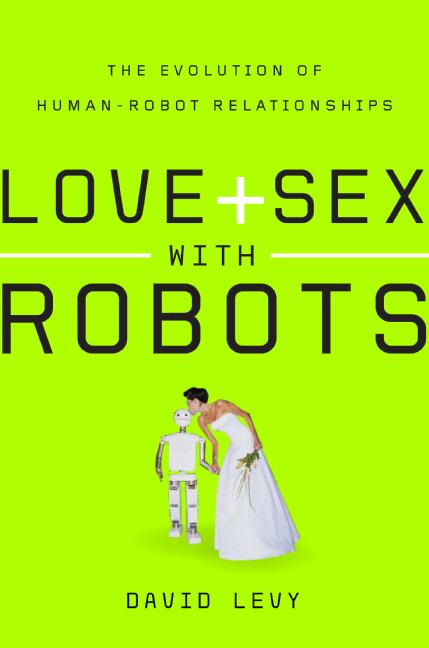Last night, courtesy of Arena, I saw the Seattle Symphony perform Play! at Benaroya Hall. The pieces played were overall a little Squaresoft-heavy, but that’s to be expected, as the maestro for this evening is the same person who conducted the ‘Dear Friends- Music from Final Fantasy’ symphonic concert.
This is something I was excited about all day yesterday–I’d never been to the symphony before. By the time I finished getting dressed up and got in the car, I was so keyed up I could hardly stand it.
The set list was as follows: Final Fantasy VII – Liberi Fatali Super Mario Bros Shenmue Battlefield 1942 Final Fantasy VII – Aerith’s Theme Sonic the Hedgehog Metal Gear Solid Kingdom Hearts
INTERMISSION
The Elder Scrolls IV: Oblivion Final Fantasy Series – Swing de Chocobo Chrono Trigger / Chrono Cross World of Warcraft Silent Hill 2 Halo The Legend of Zelda Guild Wars Final Fantasy VII – One-Winged Angel
Now, I understand that I was there on the kindnesses of others, that this was a videogame-thmed event, and I really shouldn’t judge…but judging is what I do. Here are some of the appalling behaviors I witnessed that YOU should not replicate:
1. The symphony is not a rock concert. You should not whoop and holler during performances, even if the pretty, shiny overhead screens show (oh my god) something you recognize! You may have spent a lot of time playing Guitar Hero, but under no circumstances is it EVER ok to shout ‘play freebird’ to an orchestra. Your mouth, as a matter of fact, should STAY SHUT throughout the evening. If you can’t handle that, walk the few blocks to Pioneer Square and argue loudly with the homeless. They will appreciate the attention, and symphony-goers will appreciate the fact that you’re gone.
2. Turn off your cell phones. Seriously. If you are too important to turn your phone off, you shouldn’t be wasting your time with frivolous amusements (and ruining them for others). Go! Go! For the good of the city! Out into the street! In front of a bus!
3. Leave your Utilikilt at home. Not appropriate. Your ‘dress jeans’, no matter how acid washed? Not appropriate. Coming in some sort of full-regalia black mage costume that you’re obviously SO PROUD of? NOT APPROPRIATE. Leave that shit for hippie festivals, Bon Jovi concerts, and nerd conventions, respectively. If the performers are all in tuxedos, the least you can do is put on a suit. Seriously.
If gamers really want video games to get respect as an art form, we need to show an equal amount of respect for other valid art forms, instead of behaving as if we’ve never left the house before.



